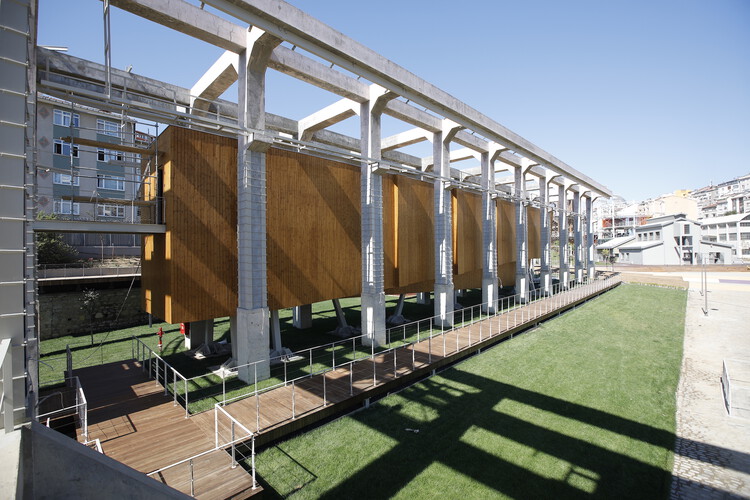
For more than 10,000 years (or, since the Stone Age), wood has been an integral part of construction around the world. It is valued for its versatility, with external and internal uses as infinite as the mind can imagine.
Of course, wood is a natural form so it is subject to degradation and impact from the elements, which can result in rotting, cracking, erosion and the loss of physical properties. For years, scientists have explored ways to make it more durable and therefore sustainable to lengthen its lifespan as a construction material.
A recent advancement is the usage of thermal modification, a natural process that involves exposing wood to high temperatures in kilns. According to Arch Daily, this is how the process works:
When heat is applied to the wood, its moisture content is decreased to almost 0%. In this process, some of the bonding water (OH) is removed from the wood cells, as these absorb the free water (H2O) inside the cells and increase the humidity of the wood, causing deformations. By eliminating much of these two components (bonding water and free water), thermal modification provides stability. After this, steam is applied to the wood, causing its humidity to vary between 4% and 7% and making it a living product again. On very humid days, the pieces do not exceed the 12% moisture limit, resulting in a more stable, durable material that is resistant to deterioration and moisture (SOURCE).
In addition to the sustainable benefits, these woods also retain their aesthetic appearance longer and can be left untreated. Long term, they require minimal maintenance and can be used in any adaptation where regular wood is used.
As architects constantly working with our clients to select building materials, we are keeping a close eye on these thermal modification developments, and are excited for the possibilities to come.
